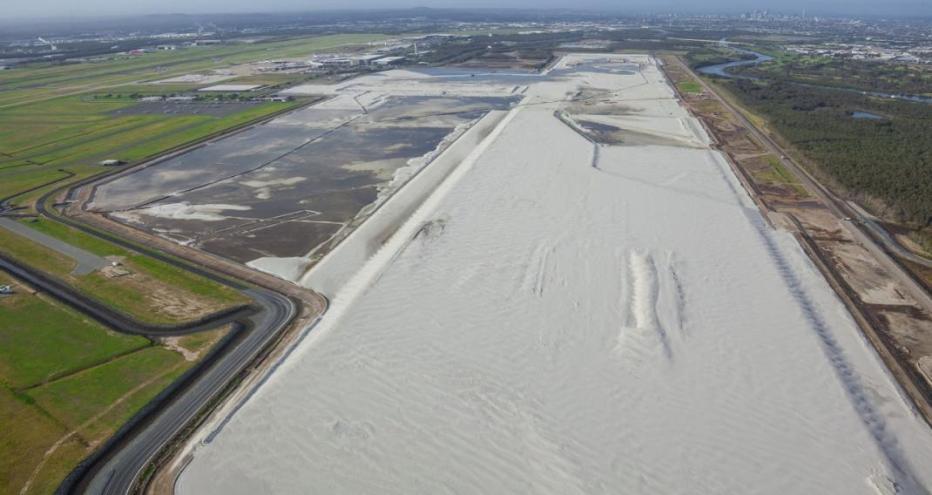
One of the largest infrastructure projects currently underway in Queensland, the new parallel runway at Brisbane Airport is the largest expansion of the airport’s aeronautical assets since its original 1950s construction.
The new runway will effectively double the capacity of the airport, providing long-term growth to Brisbane and Queensland through more choices in airlines, destinations and flight times, along with 7,800 new jobs and an additional $5 billion for the regional economy.
And Jacobs is serving as the lead engineering consultant, providing design, civil and construction support for Australia’s largest aviation construction project.
-
2 x
increase in capacity
-
7.8 K
new jobs and opportunities
-
380 K
square meters of bound sub-base concrete layer to support heavy aircraft
-
$ 5 B
boost to regional economy
About Brisbane Airport’s new parallel runway
Jacobs was engaged in 2015 to provide the concept, preliminary and detailed design of the airfield infrastructure, including the airfield pavements, airside roads, a taxiway structure over Dryandra Road, aeronautical ground lighting and associated civil works. Jacobs worked closely with Brisbane Airport Corporation (BAC) to develop and finalize design and documentation in order to proceed to construction.
To carry the heavy aircraft which will use the airport, including the Airbus A380 and Boeing B777 aircraft, the concrete pavements are placed on a ‘bound’ sub-base layer. On the NPR, the bound sub-base layer covers an approximate area of 380,000 m2.
Cement treated materials have a short working time, which can make construction problematic, and they crack, which can reflect to the pavement surface, necessitating costly repairs. In consultation with the BAC pavements team, Jacobs researched alternative binder options and proposed the use of a Ground Granulated Blast Furnace Slag (GGBS) with a proportion of lime. This solution increases the working time of the material and reduces the likelihood of cracks forming, improving long term performance benefits.
The benefits to the airport was a durable sub-base, which would contribute to the long-term performance of the concrete aircraft pavements. Long-term performance of the concrete aircraft pavements is necessary to reduce the impacts to aircraft operations and maintenance costs.
The project is presently under construction by Skyway. Jacobs is continuing to support BAC during construction with a view to opening in 2020.












































